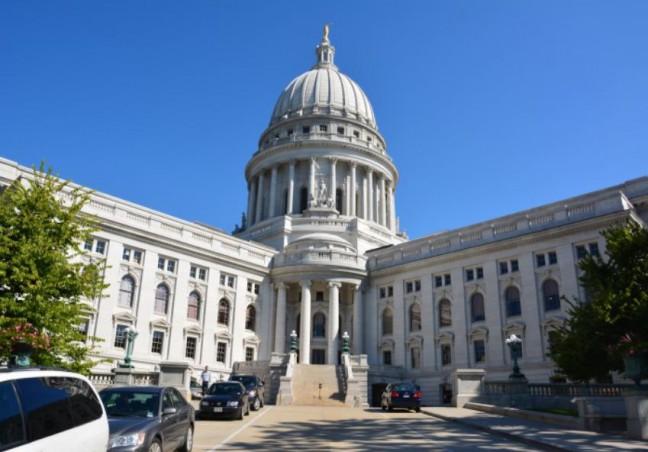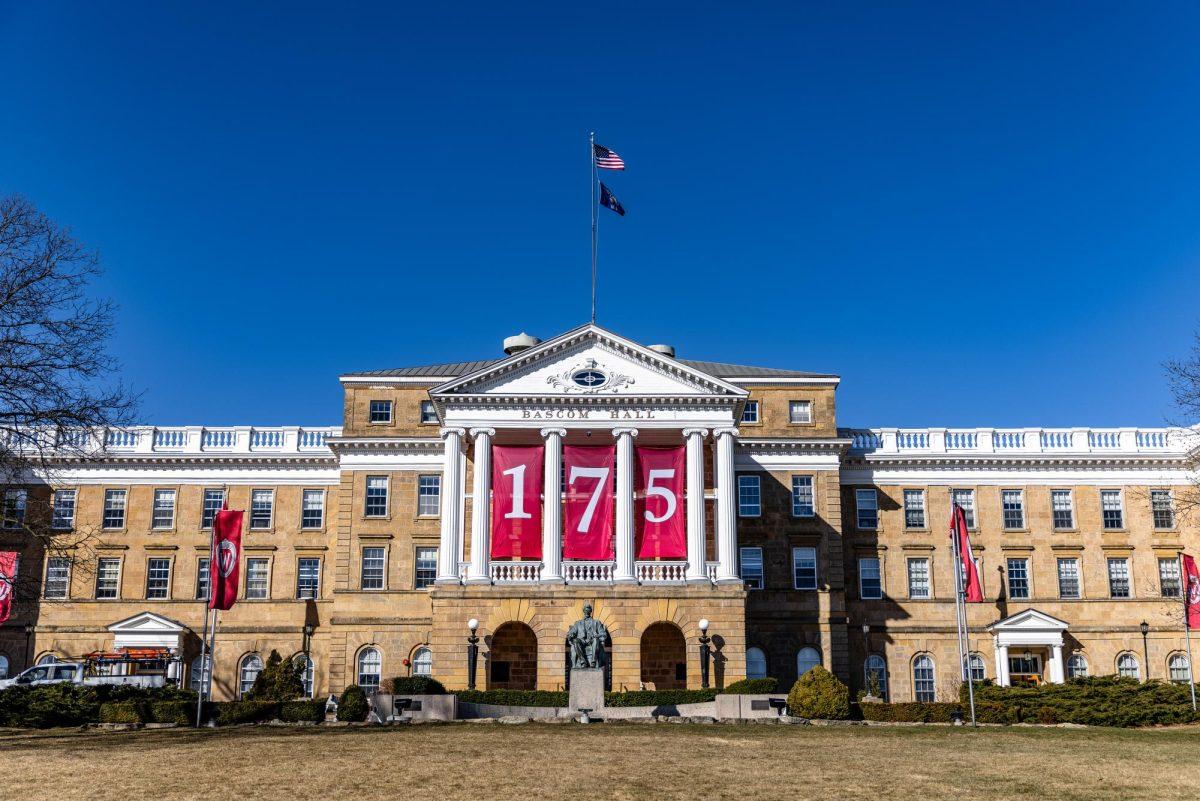The United States Supreme Court heard oral arguments from lawyers on both sides Tuesday about Wisconsin’s partisan gerrymandering case.
The case, Gill v. Whitford, will decide whether or not Wisconsin Republicans unconstitutionally drew legislative voting districts in 2011.
How it began
The case originally began in Madison when 12 Democrats, including retired University of Wisconsin law professor William Whitford, sued the state in federal court. Whitford claimed Democratic votes were “diluted” because of Republican maps.
In federal court, a panel of three judges ruled in a 2-1 vote that redistricting plans were done unconstitutionally and favored Republican interests instead of state interests or political geography.
Republicans received a little more than 48 percent of the vote for Assembly candidates in 2012 but took 60 of the 99 seats. Democrats, who won more than half the vote, got 33 seats. In 2014, Republicans got 52 percent of the vote and took 63 seats.
The two judges in the majority said Republicans used “cracking and packing” techniques. Cracking is when districts are divided in such a way that puts the majority of a party in multiple districts. Packing, on the other hand, is concentrating voters with similar opinions in one district.
After the ruling, judges ordered state lawmakers to update the maps by November 2017. But when Attorney General Brad Schimel’s appeal was granted, the order was postponed.
What’s next
The case revolves around three central questions — whether federal courts should weigh in on partisan maps, if Wisconsin’s maps are unconstitutional and if a fair test to determine partisan gerrymandering is possible.
During Tuesday’s arguments, Justice Ruth Bader Ginsburg questioned how partisan maps will impact citizen’s right to vote.
“If you can stack a legislature in this way, what incentive is there for a voter to exercise his vote?” Ginsburg said. “Whether it’s a Democratic district or a Republican district, the result … is preordained in most of the districts.”
Justices Stephen Breyer, Sonia Sotomayor and Elena Kagan also seemed convinced Wisconsin’s map was a result of partisan gerrymandering, according to Wisconsin Public Radio.
Chief Justice John Roberts and Justices Samuel Alito and Neil Gorsuch appeared unsure of if the Supreme Court should intervene in an “inherently political” process, according to WPR.
UW political scientists discuss problematic effects of gerrymandering
Roberts brought up how this might result in the Supreme Court having to rule on partisan gerrymandering cases across the country.
“We will have to decide in every case whether the Democrats win or the Republicans win,” Roberts said. “That is going to cause very serious harm to the status and integrity of the decisions of this Court in the eyes of the country.”
The Justice in the middle is Anthony Kennedy. His vote has been seen as a “crucial wildcard” and “swing vote,” according to Cap Times.
It’s expected that justices will issue a decision on the case by the end of June, according to WPR.

















